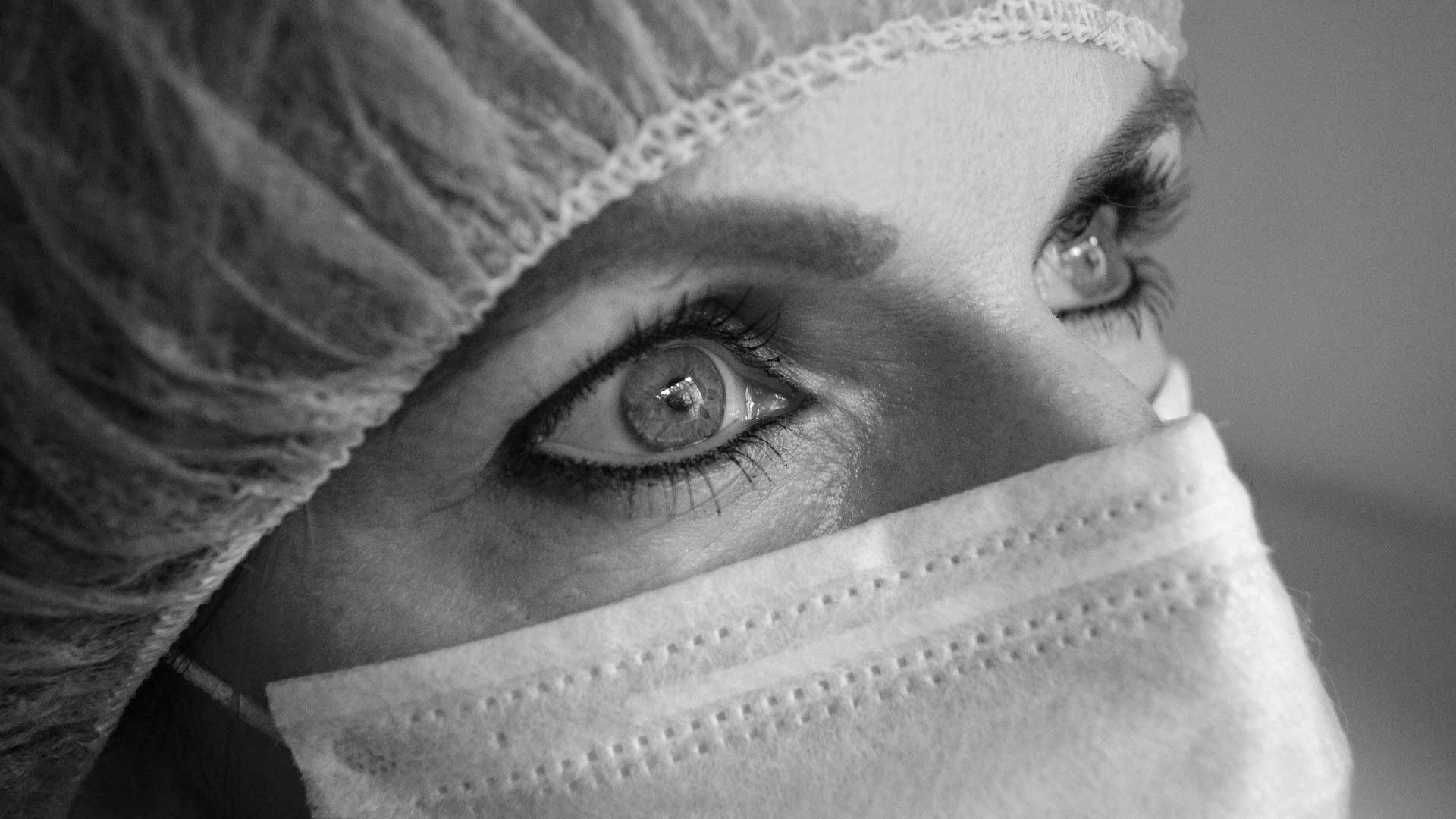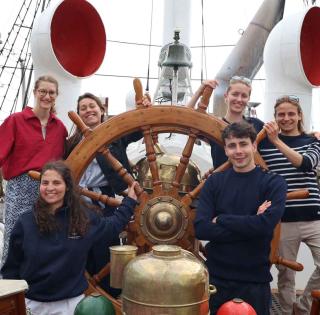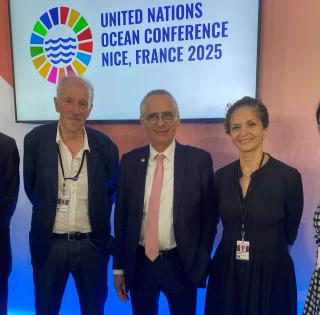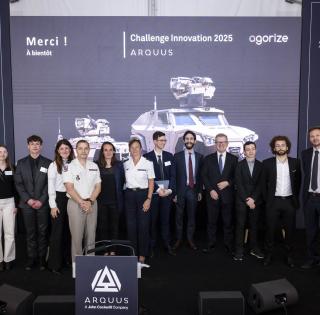
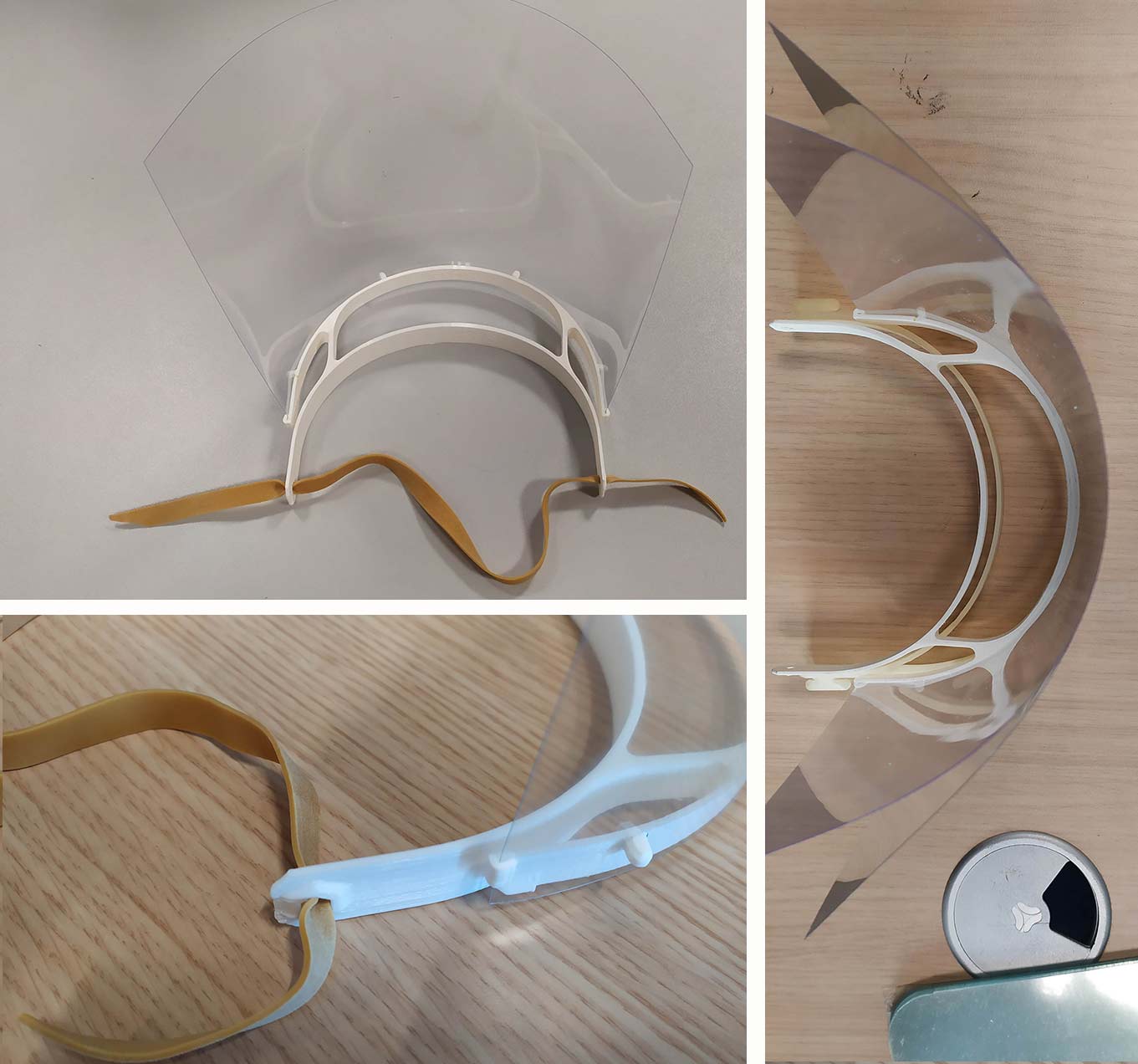
On Tuesday 24 March, a network of volunteer 3D printer owners (the general public, associations, companies) was formed. We then asked this Brest community of “makers” to print plastic parts that would make face shield that would be a barrier against the virus. The first series made available to the CHRU University Hospital was validated.
3D PRINTER OWNERS
- If you have a 3D printer and would like to join in this project:
- You can use this print file HERE (V10)
- as well as print instructions.
- and a video guide to designing the face shield.
Information for makers (version v10)
Taking into consideration different maker feedback, the team worked on V10 of the visor, which consisted in reducing the material linking the two hoops.
Voici les paramètres d'impressions minimum à régler dans le trancheur. Ils sont basés sur l'utilisation d'une imprimante avec une buse de 0.4.
Here are the print parameters to set the slicer. They are based on a printer with a 0.4 nozzle.
- A layer height of 0.28 or 0.3 mm is sufficient
- A wall thickness of 0.4 mm is sufficient. This enables just one pass of the extruder around the perimeter and will save you time.
- 15 – 20% infill is sufficient
- Two full layers above and below are sufficient, be that a thickness of 0.56 or 0.6 mm.
- As for speeds, correct results are generally achieved using a first layer speed of 30 mm/sec, and a printer speed for the other layers in the region of 50 – 60mm/sec.
These are only suggestions and we leave the makers to judge the optimal parameters for their printer. The head band must be smooth and without rough edges. A wavy finish (the result of single layer walls) is acceptable because this makes no difference to the comfort. A good quality test for the visor is to gently push the two pierced ends towards the inside and check that there are no cracking noises.
With these parameters, the latest version prints in about 1 hour 15 minutes. With the low quantities of material that we advise, the part is very flexible (it weighs about 18g). This makes no difference to structural integrity and enables a better fit around the head.
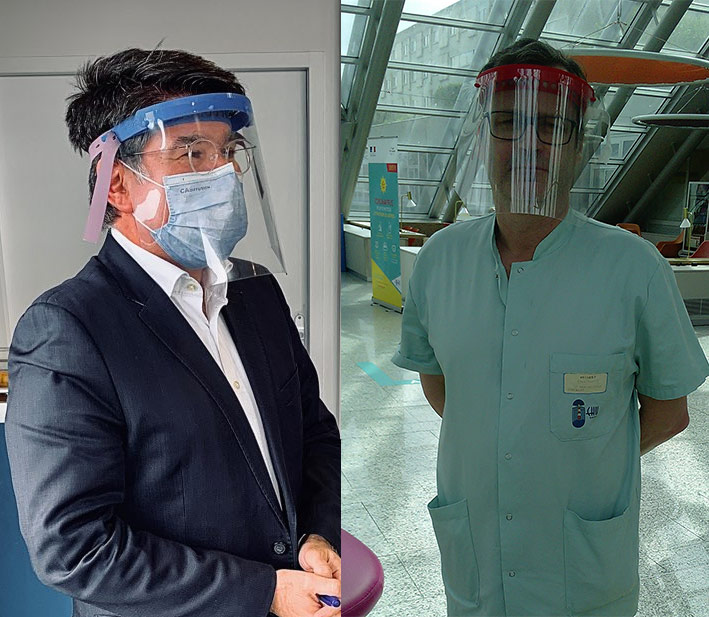
A HEART-FELT THANK YOU TO EVERYBODY TAKING PART IN THIS PROJECT:
- all the « maker » members of the public who are using their own equipment
- the many fablabs and local associations: the Iroise Fablab, UBO Open Factory, the Cantine Numérique, the Petits Débrouillards, the Landerneau Fablab, the Maison du Libre,
- the schools and public bodies: the IUT of Brest, ISEN, IMT Atlantique, Ecole Navale, ENIB, Shom, Brest City, Le Dantec High School
- the SMEs and local companies: BRST 3D, Elliptika, Enedis Bretagne, Neelix SARL, Leroy Merlin, Couleur Amande, Bureau Vallée Brest Kergaradec
- As well as Pr L’Her (on the right in the photo), Head of Intensive Care at the CHRU University Hospital Brest who tested this method, validated the design and helped develop it and Mr Philippe El Saïr (on the left), Director General of the CHRU University Hospital Brest.
On Monday 30 March,only a few days after the launch, over 600 face shields had been made (pledged). They are gradually being collected, assembled and distributed to Brest CHRU University Hospital and to those establishments which have requested them.
THANK YOU






